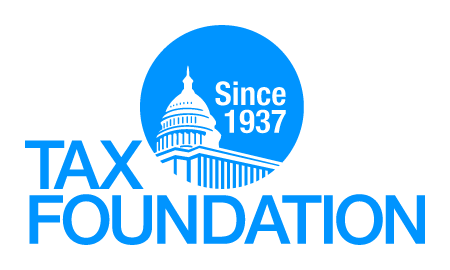This post was originally published on Forbes Sep 29, 2015
When I wrote about Donald Trump’s tax plan yesterday, I wrote that I would leave the scoring to the people who did that sort of thing, but that I would be surprised if the plan turned out to be revenue neutral. Well the Tax Foundation, which bills itself as “the nation’s leading independent tax policy research organization” has scored the plan and I am surprised. I am surprised at how far from revenue neutral the proposal is. According to the Tax Foundation, on a static basis the plan would cut revenue over the next decade by $11.98 trillion.
However, it also would improve incentives to work and invest, which could increase gross domestic product (GDP) by 11 percent over the long term. This increase in GDP would translate into 6.5 percent higher wages and 5.3 million new full-time equivalent jobs. After accounting for increased incomes due to these factors, the plan would only reduce tax revenues by $10.14 trillion. (Emphasis added)
The report notes that its estimate does not include increases in the deficit due to additional spending on interest on the national debt. It also does not consider the macroeconomic effects of any spending cuts that might be required in light of the much lower federal revenue.
The Benefits
It is hardly shocking that the across the board benefits of the massive tax cut are concentrated in the upper income range.
Taxpayers in the bottom deciles (the 0-10 and 10-20 percent deciles), would see increases in after-tax adjusted gross income (AGI) of 1.4 and 0.6 percent, respectively. Middle-income taxpayers with incomes that fall within the 30th to 80th percentiles would see larger increases in their after-tax AGI, of between 3.0 and 8.3 percent. Taxpayers with incomes that fall in the highest income class (the 90-100 percent decile) would see an increase in after-tax income of 14.6 percent. The top 1 percent of all taxpayers would see a 21.6 percent increase in after-tax income.































































































